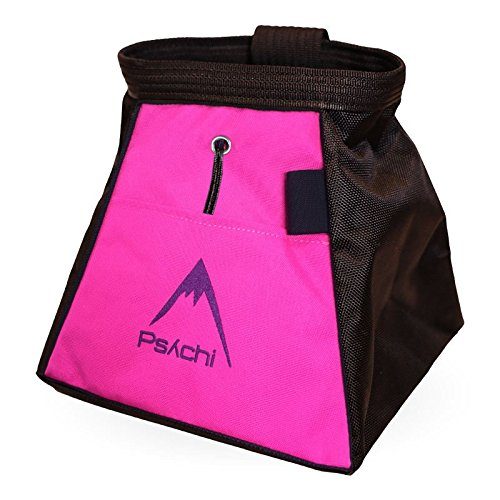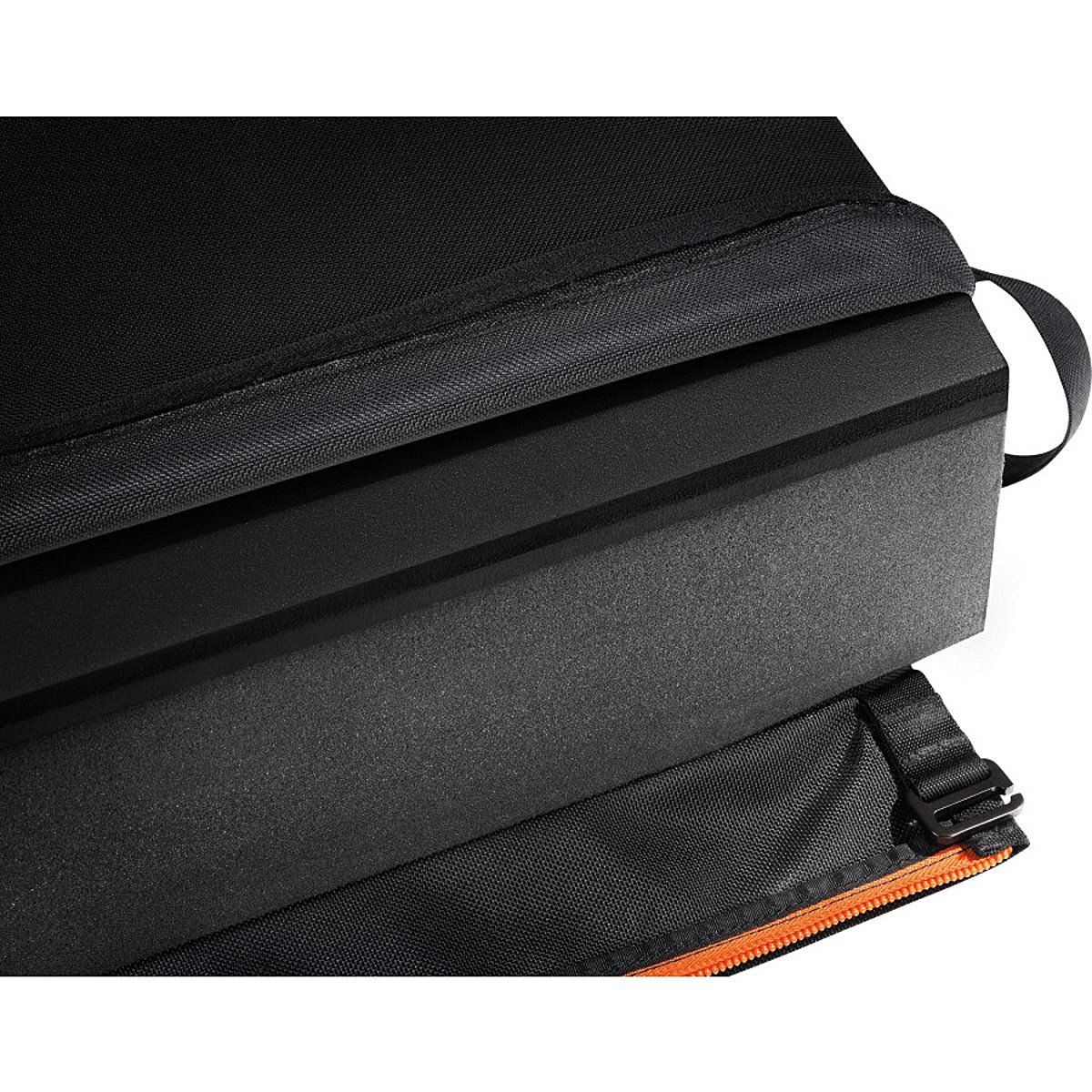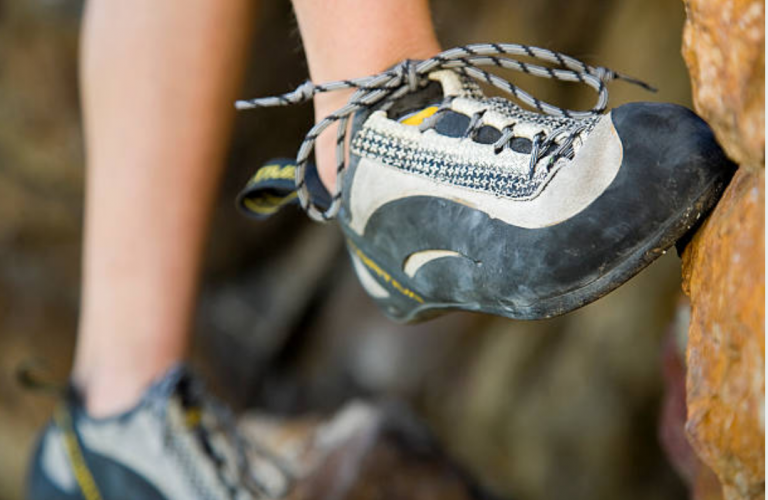
What is an aggressive climbing shoe?
When climbing shoes are described as aggressive, it mostly refers to the amount that the toe of the shoe is pointed and downturned.
Maybe you have seen and even tried on some of the climbing shoes with a pointed, downturned toe. At first they might seem awkward and uncomfortable, but once you progress from being a beginner into some more difficult styles of climbing, it might be time to start exploring more powerful shoes.
Aggressive climbing shoes tend to be more pricey than beginner shoes, and this is usually because they have other features that require better made quality and have been designed with a lot of research.
It is rarely a good idea to go with an aggressive shoe for your first pair of rock climbing shoes, since you won’t really be needing them until you get to different routes that you’re not going to be climbing yet until your technique and strength increase. You’ll probably prefer a different style of shoe if you’re climbing routes with a lot of smearing and crack-climbing.
What are the benefits to using a more aggressive climbing shoe for bouldering?
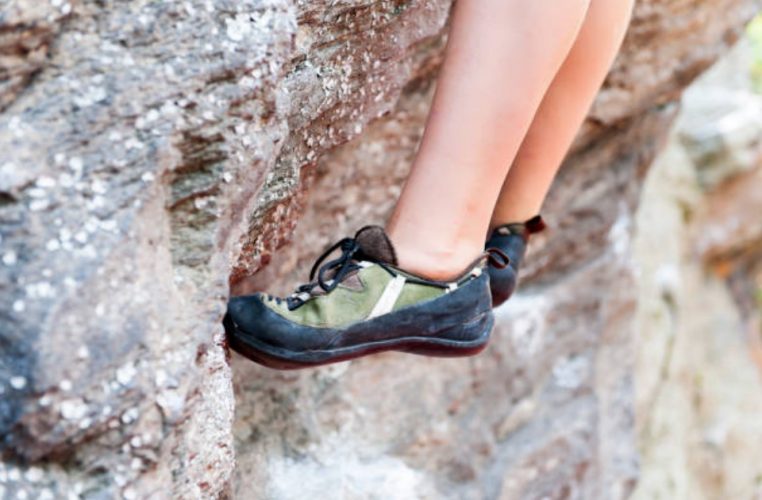
The main benefit of aggressive shoes is to help your foot stick to tiny footholds on overhung routes and bouldering problems.
The downturned toe of the shoe forces your toes to always be pointed downwards. They also help you get more power from the inside edge of your toe.
The pointier the toe, the better you’ll be able to stick your toes into tiny pockets as well.
Many aggressive bouldering shoes also have harder rubber to support your toes, which helps you to gain power with your legs by not having your toes turn up when you push off. If you’re mostly doing vertical routes and smearing, a downturned toe won’t be very helpful like it is for pushing up on holds on steep routes.
Aggressive shoes also have very supportive features around the heels, to make more advanced moves like heel-hooking easier, provided you have also found the right fit.
How Tight Should Aggressive Climbing Shoes Fit?
It is a common opinion among some rock climbers that your shoes should be as small as possible, as many sizes down from your street shoe size as you can squeeze into.
This is not necessarily going to benefit everyone, but the idea behind a tight fit is to have your shoe properly molded to your foot. It’s important that your foot does not slide around inside the shoe.
With aggressive shoes, you will need to get your toe properly situated in the down-turned part of the shoe. This takes extra care when putting on your shoes. You want to get the most benefit from the placing of the shoe’s assistance. Once you have adjusted your toes properly into the shoe, there may be more room in the heel of the shoe than you first thought.
Aggressive bouldering shoes are not the most comfortable shoes to wear when you’re not on the wall. One of the good things about bouldering is that the routes are short, so you can take them off in between while resting. While some people find that they can get a closer fit to the shape of their foot with laces, velcro is popular because it makes them quick and easy to take off and put on.
Breaking in Aggressive Climbing Shoes
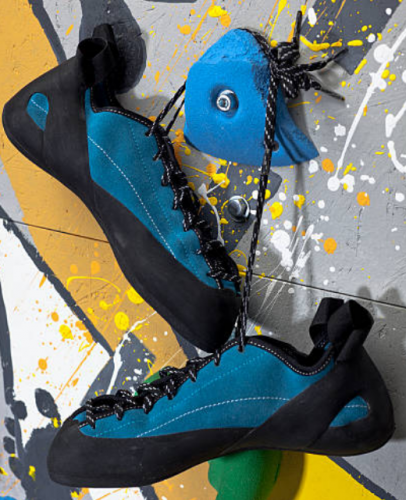
If you’re going from a more comfortable, general use shoe to a downturned shoe, you may find your new aggressive shoes very uncomfortable. Any pair of new climbing shoes are going to be stiff since they have not had the time to adjust to your foot like a pair of broken-in shoes will have. Therefore, you can continue climbing in your old shoes for your warm-ups and most of the easier problems, and just put on your new shoes for the more difficult bouldering problems where the downturned toe will help you out.
By the time you are bouldering at the higher level and more of the problems you’re working on need a more aggressive toe, your shoes will be more worn in.
There are climbing shoes that are made of all leather, and there are climbing shoes made of synthetic material. Leather tends to stretch more than synthetic shoes, and so you can go with a tighter fit with a leather shoe, knowing it will eventually conform to the shape of your foot easier.
Most Aggressive Climbing Shoes
Shoes with the hardest rubber, the most tension around the heel, and the most downturned toes are considered very aggressive. These are some very popular shoes that will make an impact on your footwork.
Semi Aggressive Climbing Shoes
Sometimes a slight downturn will serve you better than the relatively flat shoes you either started out with. You may upgrade to a more aggressive pair once it’s time to replace your shoes, or you may find that they make just enough difference to help you progress and that they’re better suited for you. Semi aggressive shoes will offer you a bit of the toe power while still making the comfort more bearable.
Do you feel like more aggressive shoes have helped you progress on harder bouldering problems?
When did you make the switch from you beginner shoes into more aggressive ones?
We’d love to hear your opinions!

